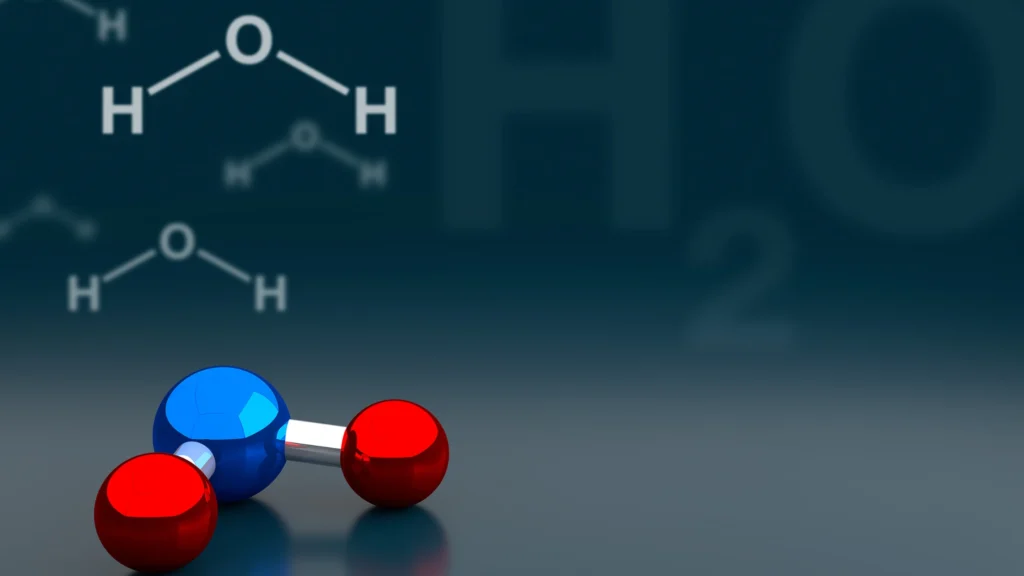Methyl formate (HCOOCH₂) is a versatile chemical compound with a wide range of applications in both laboratory and industrial settings. In this article, we will explore the basics of methyl formate, its properties, and the chemical reaction known as Hcooch Ch2 H2o, which involves the breakdown of methyl formate in the presence of water. Additionally, we will address some frequently asked questions (FAQs) to provide a comprehensive understanding of this topic.
What is Hcooch Ch2 H2o?
Before diving into the specifics of methyl formate, it’s essential to clarify what Hcooch Ch2 H2o refers to. This term describes a chemical reaction where water (H₂O) is used to break down a compound. In the case of methyl formate (HCOOCH₂), the Hcooch Ch2 H2o reaction involves the hydrolysis of the ester, resulting in the formation of two smaller molecules: formic acid (HCOOH) and methanol (CH₃OH). This reaction is a classic example of ester hydrolysis, which is a fundamental process in organic chemistry.
Methyl Formate (HCOOCH₂) – The Basics
Methyl formate is an ester derived from formic acid (HCOOH) and methanol (CH₃OH). It is a colorless, volatile liquid with a pleasant, ether-like odor. Due to its chemical properties, methyl formate is widely used in various applications, including:
- Chemical Synthesis: As a reagent in the production of other chemicals.
- Solvents: In industrial processes where a volatile solvent is required.
- Refrigerants: As an alternative to traditional refrigerants in some applications.
- Fumigants: In agricultural practices for pest control.
The molecular structure of methyl formate consists of a formate group (HCOO) bonded to a methyl group (CH₃). When exposed to water, methyl formate undergoes hydrolysis, breaking down into its constituent components: formic acid and methanol.
The Hcooch Ch2 H2o Reaction Explained
The Hcooch Ch2 H2o reaction is a hydrolysis process that breaks down methyl formate in the presence of water. The reaction can be represented by the following chemical equation:
HCOOCH₂ + H₂O → HCOOH + CH₃OH
In this reaction:
- HCOOCH₂ (methyl formate) reacts with H₂O (water).
- The ester bond in methyl formate is cleaved, resulting in the formation of HCOOH (formic acid) and CH₃OH (methanol).
This reaction is typically catalyzed by acids or bases, which accelerate the hydrolysis process. The products of the reaction, formic acid and methanol, are both valuable chemicals with their own industrial applications.
Applications of Methyl Formate and Its Hydrolysis Products
- Formic Acid (HCOOH):
- Used as a preservative and antibacterial agent in livestock feed.
- Employed in the production of leather and textiles.
- Acts as a reducing agent in various chemical processes.
- Methanol (CH₃OH):
- A key ingredient in the production of formaldehyde, acetic acid, and other chemicals.
- Used as a solvent and antifreeze agent.
- An important fuel additive and alternative energy source.
Frequently Asked Questions (FAQs)
1. What is methyl formate used for?
Methyl formate is used as a solvent, chemical intermediate, and refrigerant. It is also employed in the production of formic acid and methanol through hydrolysis.
2. What is the Hcooch Ch2 H2o reaction?
The Hcooch Ch2 H2o reaction refers to the hydrolysis of methyl formate (HCOOCH₂) in the presence of water, resulting in the formation of formic acid (HCOOH) and methanol (CH₃OH).
3. Is methyl formate toxic?
Methyl formate is flammable and can be harmful if inhaled or ingested. Proper safety precautions, such as using ventilation and protective equipment, should be taken when handling this chemical.
4. How is methyl formate produced?
Methyl formate is typically produced by the esterification of formic acid with methanol or by the carbonylation of methanol.
5. What are the environmental impacts of methyl formate?
Methyl formate is considered environmentally friendly compared to some other solvents due to its low toxicity and biodegradability. However, it should still be handled responsibly to minimize environmental impact.
6. Can methyl formate be used as a refrigerant?
Yes, methyl formate is used as a refrigerant in some applications due to its favorable thermodynamic properties and low environmental impact.
Conclusion
Methyl formate (HCOOCH₂) is a valuable chemical compound with diverse applications in industry and research. The Hcooch Ch2 H2o reaction, which involves the hydrolysis of methyl formate, is a key process that yields formic acid and methanol, both of which are important chemicals in their own right. Understanding the properties and reactions of methyl formate is essential for its safe and effective use in various applications. By addressing common questions and providing clear explanations, we hope this article has enhanced your knowledge of this fascinating chemical and its role in chemistry.

